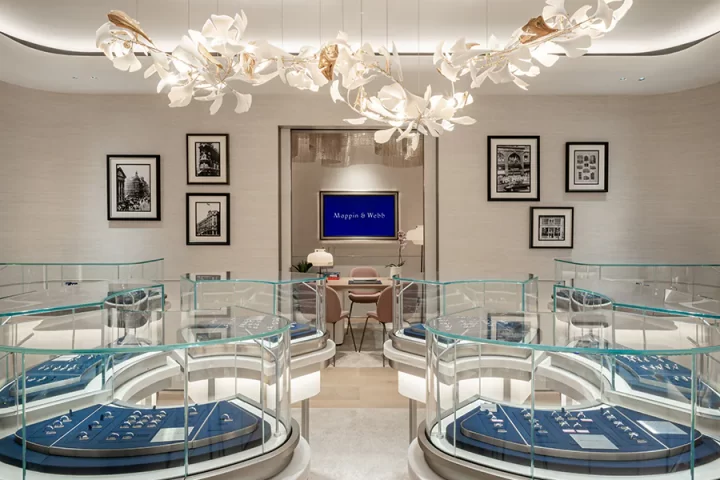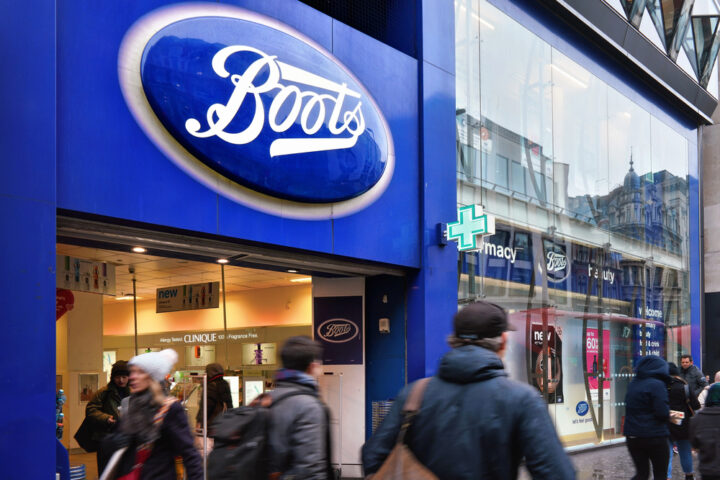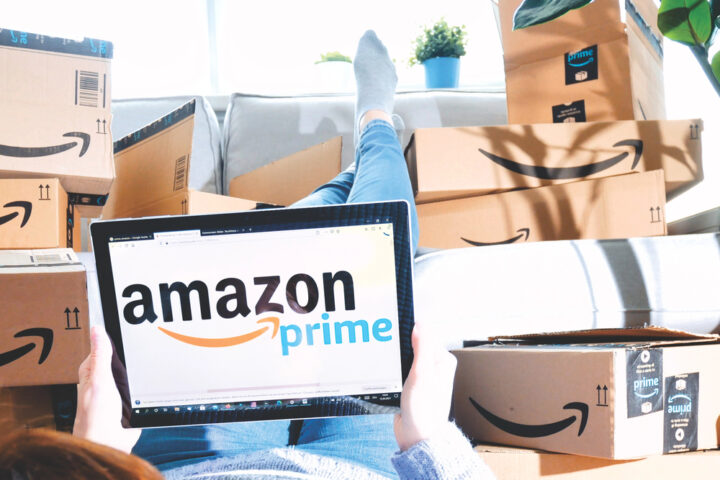In a crowded marketplace, standing out is a constant challenge for businesses. One powerful way to gain visibility and establish a connection with customers is through branded merchandise—especially custom clothing. Personalised hoodies and jackets emblazoned with your logo are not only functional but also serve as mobile advertisements, spreading brand awareness and boosting your reach wherever they go. Here’s how investing in logoed outerwear can benefit your brand.
1. Amplified Brand Visibility
- On-the-Go Marketing: When customers or employees wear a branded hoodie or jacket, your logo is on display in a range of everyday settings. This increases the chances of reaching potential customers who may not have encountered your brand otherwise.
- Constant Exposure: Unlike traditional ads, branded apparel provides prolonged exposure. Each time the clothing is worn, it reinforces your brand’s presence in the public eye.
- Broad Reach with Low Cost: Personalised clothing allows brands to be seen in various locations without paying ongoing fees. Compare this with digital or print advertising, where visibility is typically tied to a limited time frame and ongoing costs.
2. Building Brand Recognition and Trust
- Increased Familiarity: When people see your logo regularly, they’re more likely to remember and trust your brand. This familiarity often leads to increased engagement and conversion over time.
- Association with Quality: High-quality, stylish apparel can elevate how customers perceive your brand. If the hoodie or jacket is durable and comfortable, people will associate those qualities with your brand, reinforcing a positive image.
- Word-of-Mouth Influence: People tend to ask where a unique or attractive piece of clothing came from. When your brand’s logo is on apparel that sparks conversation, it turns the wearer into a brand advocate.
3. Targeted Market Penetration
- Segmented Outreach: Branded apparel can be tailored to target specific audiences. For example, a sleek, minimalist jacket might appeal to young professionals, while a cosy, casual hoodie could be ideal for students or outdoor enthusiasts. This segmentation increases the effectiveness of your outreach by aligning with the preferences of your target demographics.
- Localised Impact: You can distribute branded apparel within certain regions to build awareness where it’s most relevant. For example, a local event or pop-up store activation could see a substantial boost with targeted clothing giveaways or sales, effectively reaching the people most likely to become long-term customers.
- Event and Partnership Opportunities: Hoodies and jackets with your logo make great additions to event sponsorships or partnerships, instantly marking your brand as an active participant in the community. By distributing personalised apparel at events, you’re integrating your brand into the experiences that people value, creating strong associations.
4. Strengthening Customer Loyalty and Employee Pride
- Exclusive Merchandise for Loyal Customers: Custom-branded apparel given as loyalty rewards or for customer milestones adds an extra level of appreciation. Loyal customers feel valued, and by wearing your logo, they’re demonstrating their support for your brand.
- Employee Engagement and Pride: Branded clothing is also a valuable internal tool. When employees wear branded jackets or hoodies, they feel like part of the team, boosting morale and unity. Employees who feel connected to the brand are more likely to speak positively about it, both at work and outside.
- Unified Brand Image: Personalised apparel for employees, especially in customer-facing roles, adds professionalism and creates a cohesive, consistent image for your brand.
5. Expanding Reach Through Social Media
- User-Generated Content: Branded apparel encourages customers to share photos of themselves wearing it, especially if the clothing is visually appealing. This creates user-generated content that can be reshared on your brand’s social media platforms, extending reach even further.
- Influencer Partnerships: Collaborating with influencers to distribute branded clothing can help your brand tap into new audiences. Influencers can promote your apparel to their followers, building awareness and driving engagement with your brand in a personalised and relatable way.
- Hashtag Campaigns: By encouraging customers to share their looks with branded apparel and a specific hashtag, you create a community around your brand that’s easy to follow and engage with online. This visibility keeps your brand top of mind for both current and potential customers.
6. Sustainability and Ethics Boost Brand Value
- Eco-Friendly Options: With rising awareness of sustainability, choosing high-quality, eco-friendly apparel can align your brand with positive values. Ethical and sustainable branded clothing not only attracts conscious consumers but also strengthens your reputation.
- Long-Term Marketing Asset: Durable clothing that withstands wear and tear will be worn longer, providing your brand with a continuous advertisement. Opting for quality ensures your logo will continue to be seen without fading or wearing out prematurely.
Conclusion
Branded hoodies and personalised jackets are more than just apparel—they’re powerful marketing tools that can boost your brand’s visibility, build customer loyalty, and open up new channels for market penetration. By transforming your customers and employees into brand ambassadors, these personalised items work tirelessly to keep your brand in the spotlight. Whether given as promotional items, loyalty rewards, or employee attire, they enable your brand to connect, inspire, and grow in a way that’s cost-effective and long-lasting. So, consider adding branded hoodies and jackets to your strategy, and watch your brand reach new heights in awareness and market presence.






